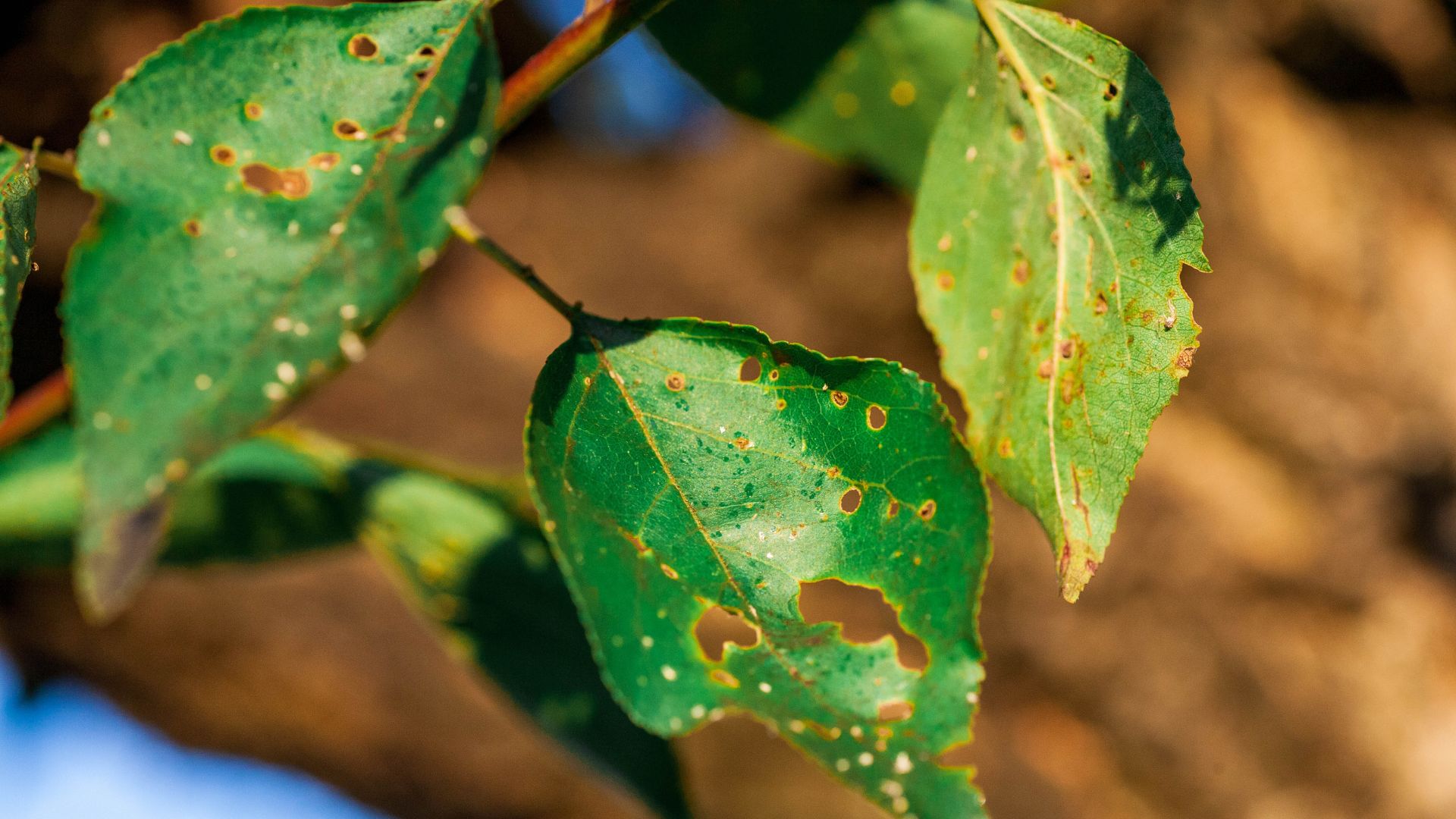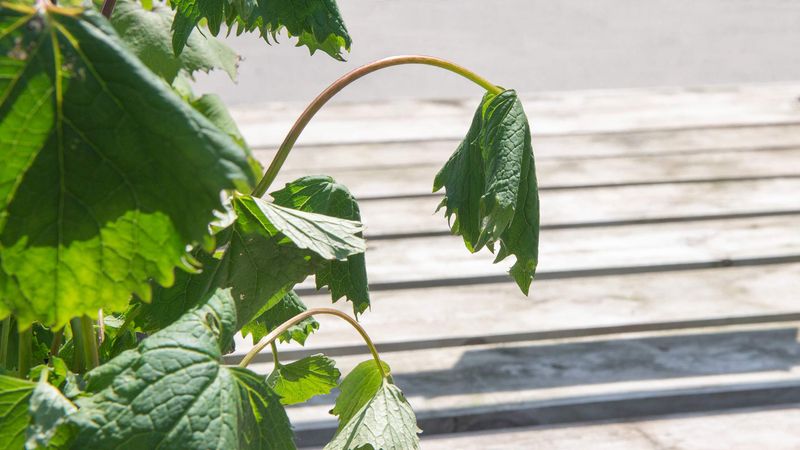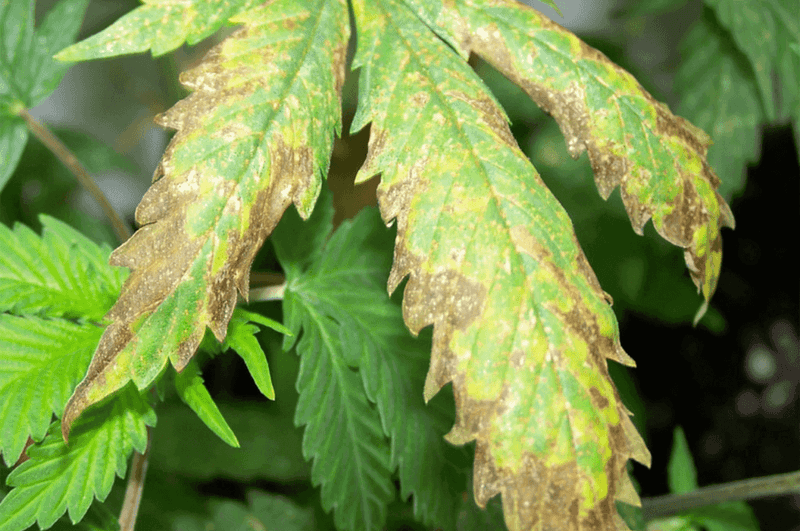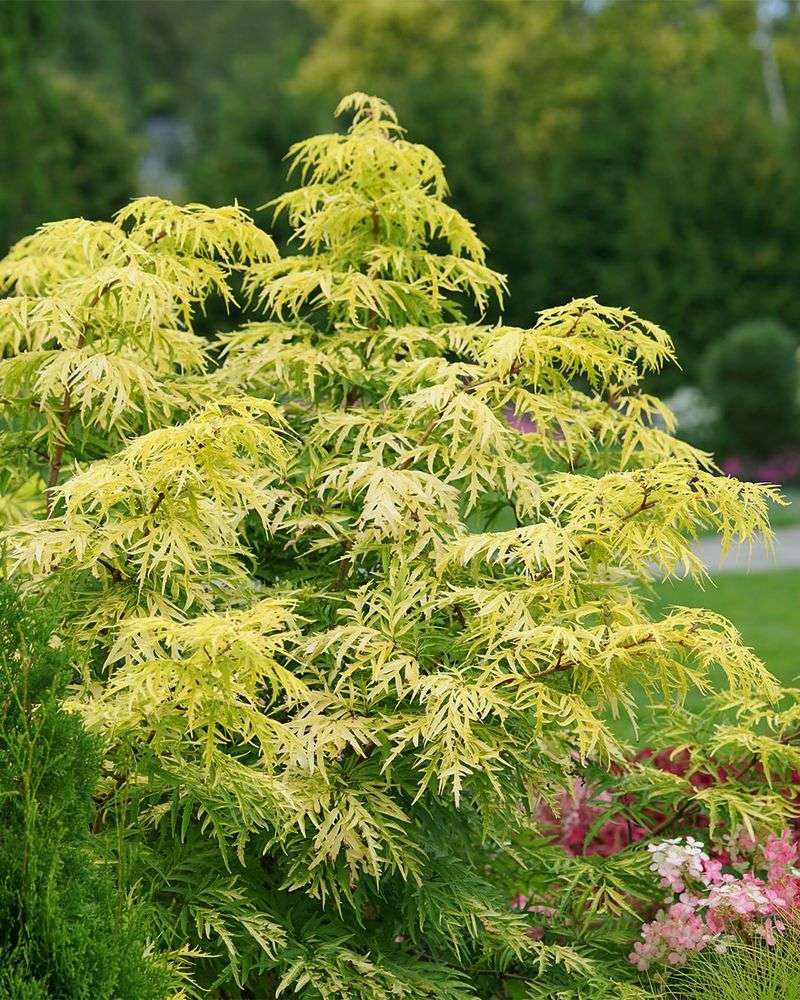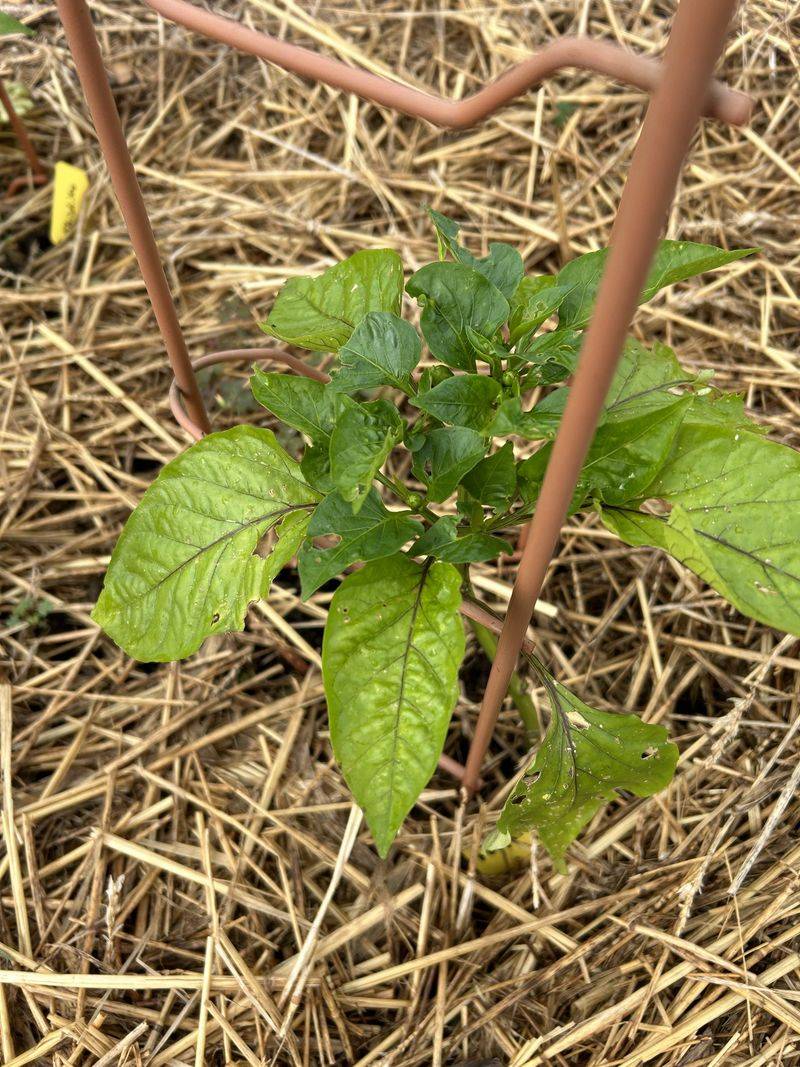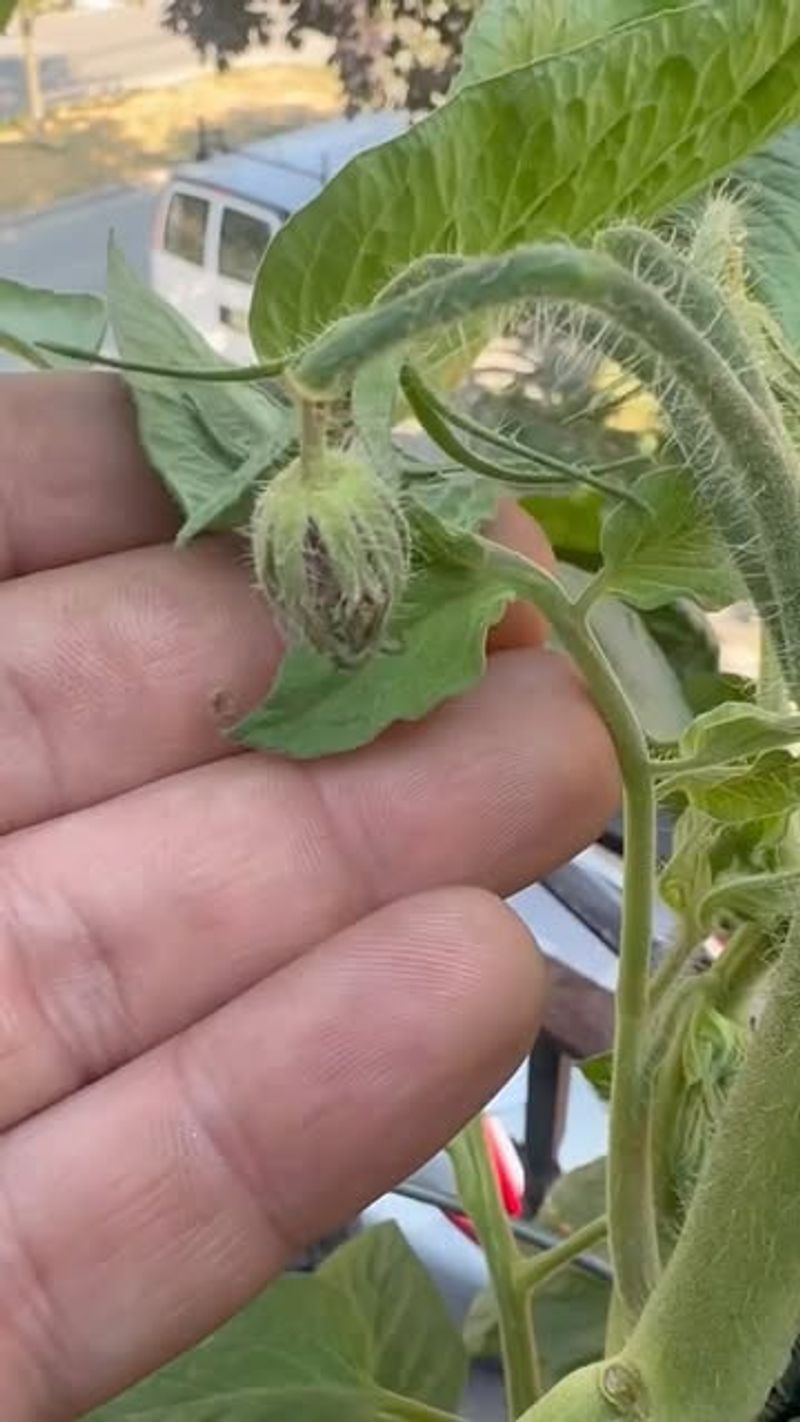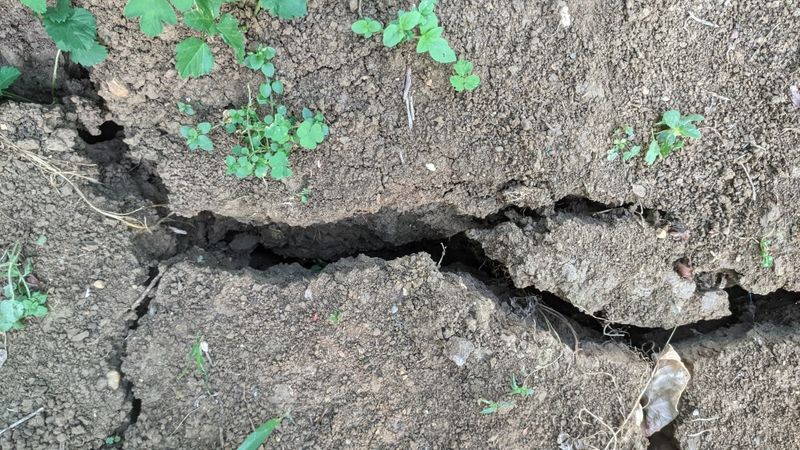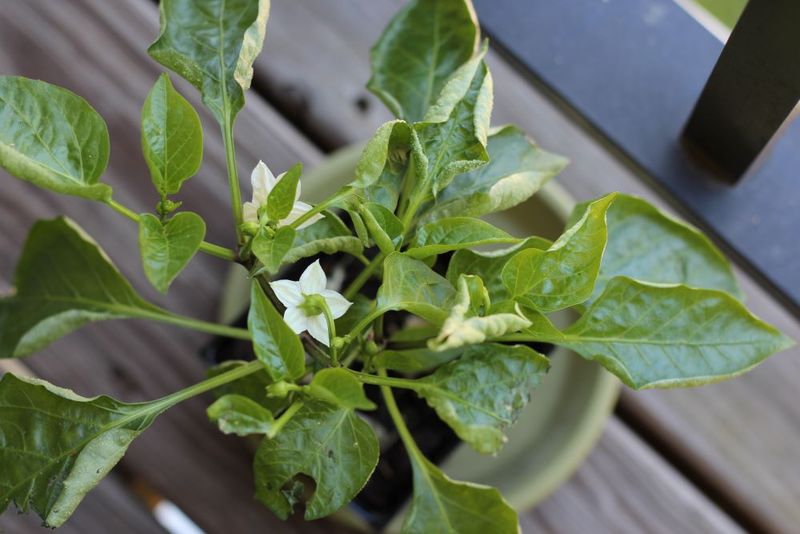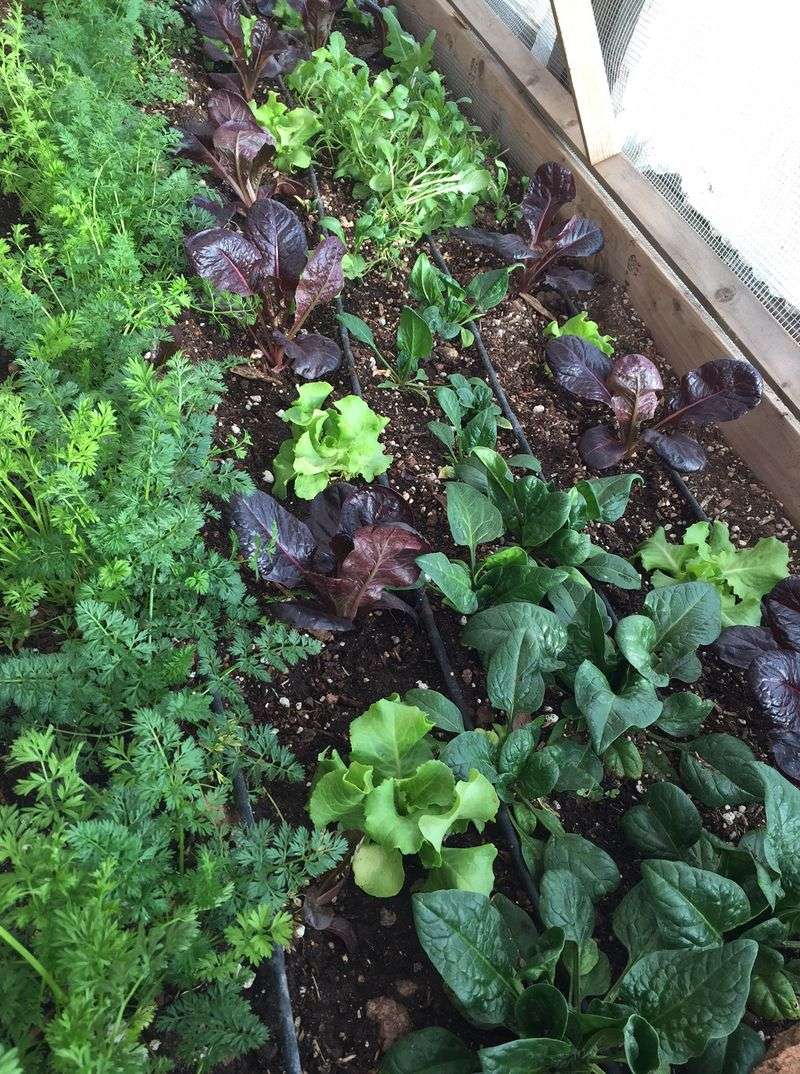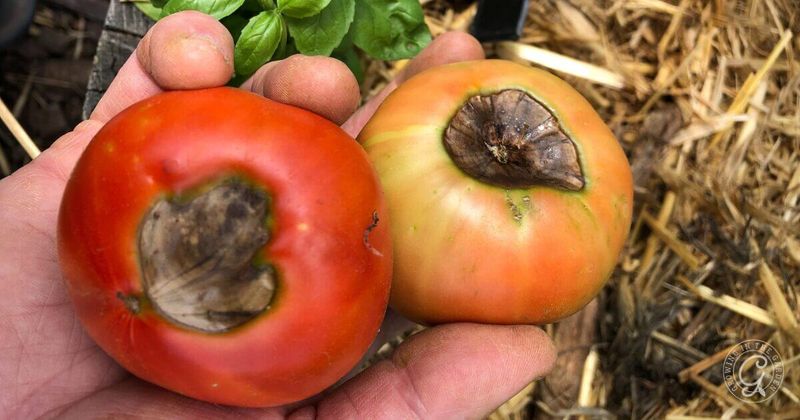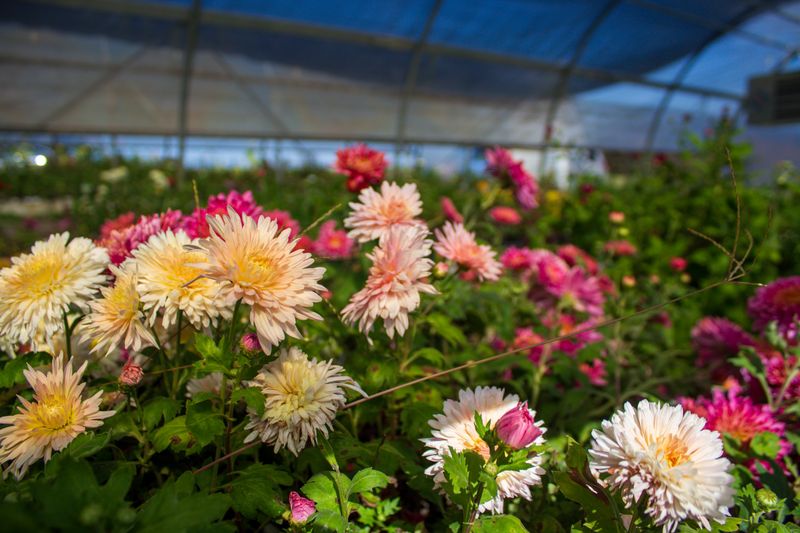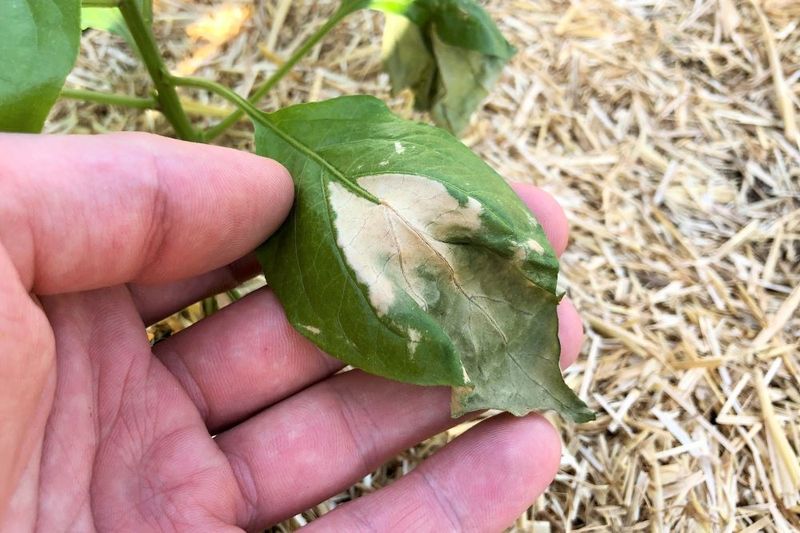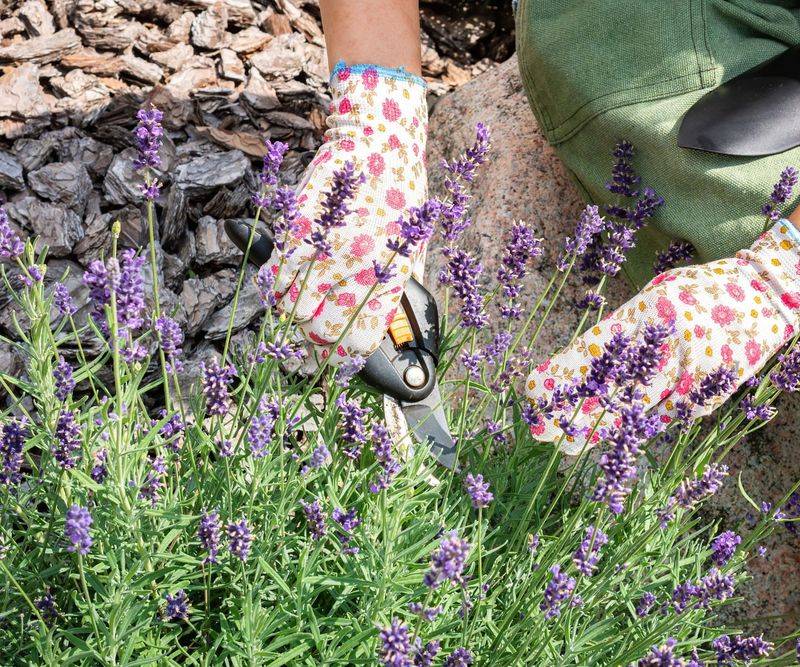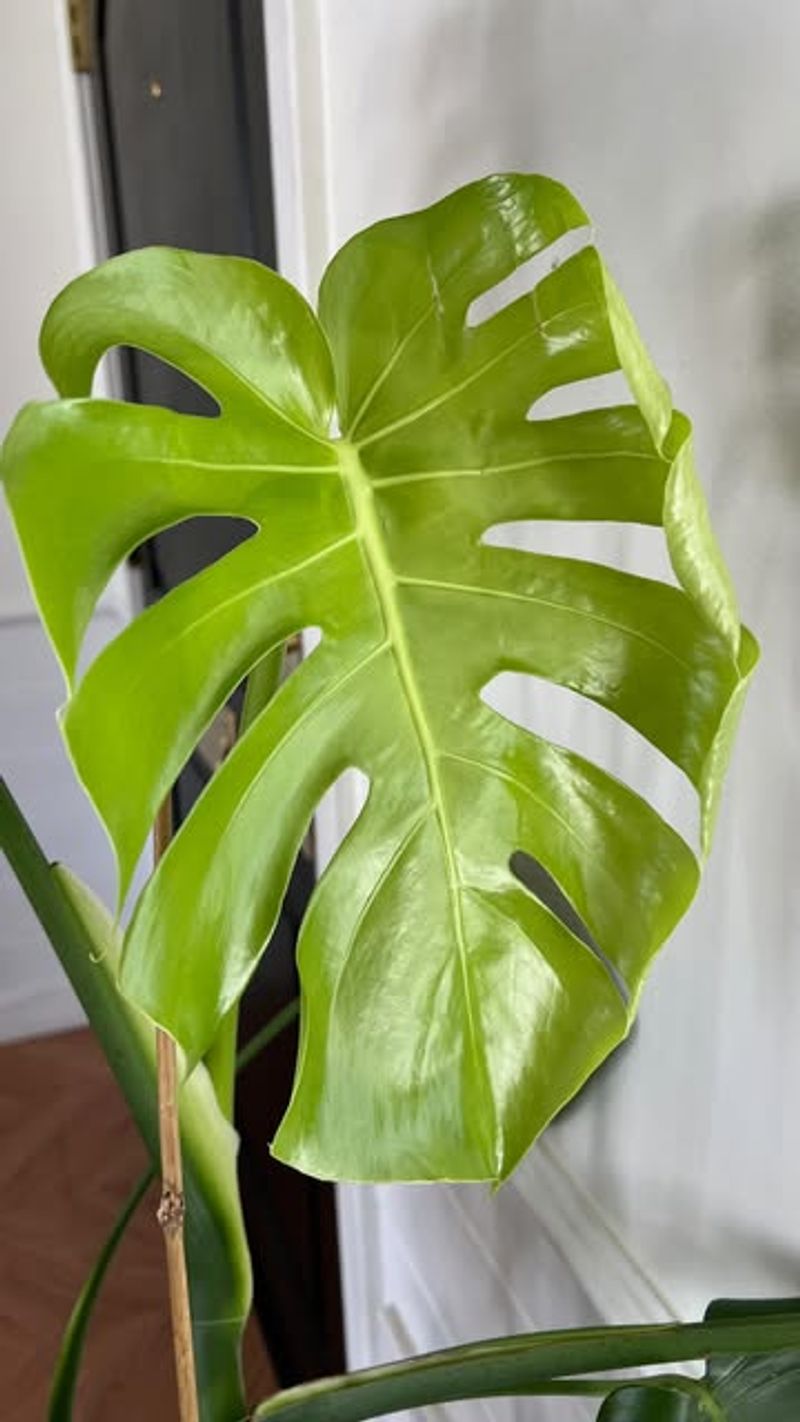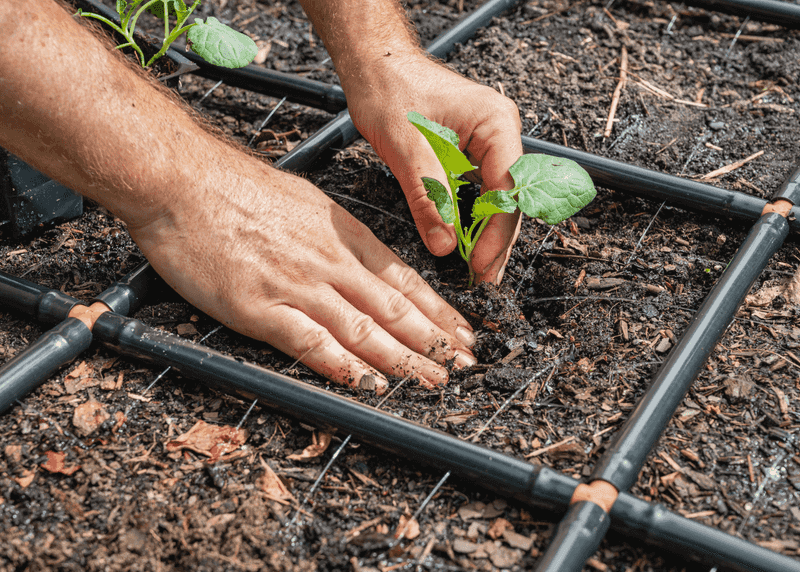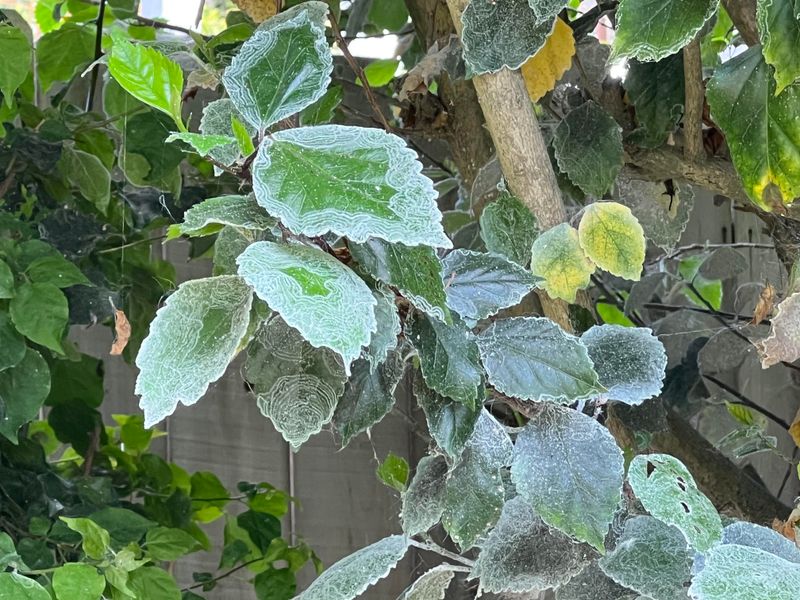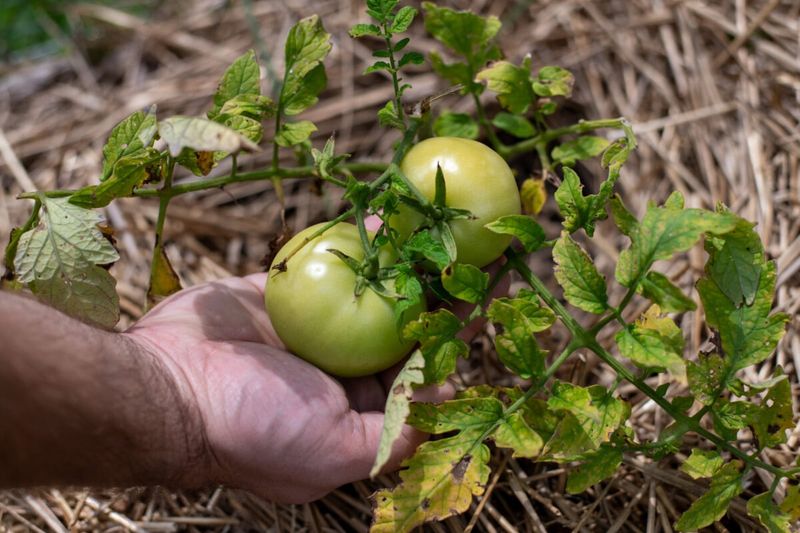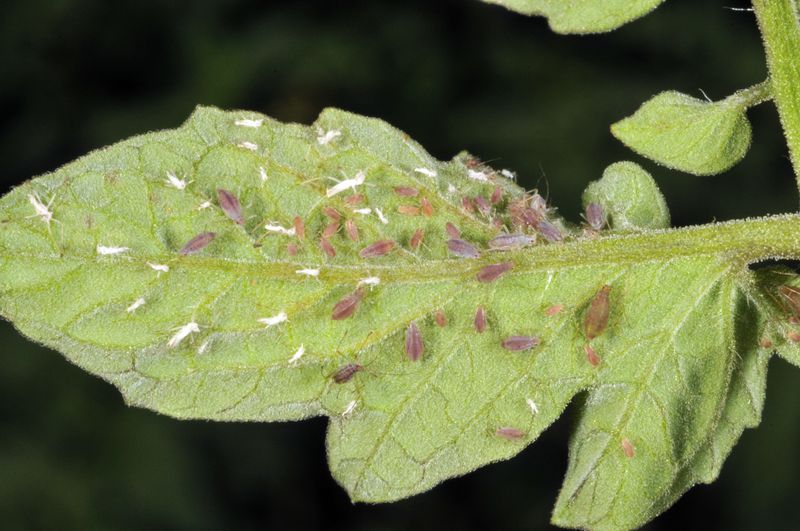Summer heat can sneak up fast and put your garden under pressure. Plants feel the strain just like we do—but their cries for help are quiet. Spotting those early signs can save your greenery before it’s too late. Wilted leaves, crispy edges, or fading color are subtle clues that something’s wrong.
These are your plants’ way of saying they’re overwhelmed. Recognizing stress early means you can take quick action to cool things down. A little shade, hydration, and care go a long way during heatwaves.
With the right attention, you can help your garden bounce back—and avoid starting over from scratch. Prevention is your best defense against summer’s intensity.
1. Wilting Leaves Despite Moist Soil
The classic ‘afternoon droop’ happens even when soil feels damp to the touch. Your plants aren’t thirsty – they’re actually conserving water by temporarily shutting down.
I’ve saved many wilting tomatoes by simply providing afternoon shade rather than drowning them with more water. A quick recovery usually happens by evening when temperatures drop.
Create temporary shade using old bed sheets, umbrellas, or shade cloth during the hottest part of the day (usually 2-4pm). For container plants, try moving them to shadier spots until the heat wave passes.
2. Crispy Brown Leaf Edges
Those papery, brown edges appearing on leaves signal the plant equivalent of a sunburn. The tissue has essentially dried out and died from excessive heat and sun exposure.
During last summer’s brutal heatwave, my hostas developed this symptom first. Unlike disease spots, heat damage always starts at the edges and moves inward.
Avoid trimming affected leaves immediately – they still photosynthesize! Instead, increase humidity around plants by misting in mornings, mulching heavily, or grouping containers together to create a microclimate with higher moisture levels.
3. Bleached Or Yellowing Foliage
Sudden color loss in previously healthy leaves indicates chlorophyll breakdown from too much direct sunlight – essentially a plant sunburn. The vibrant green fades to pale yellow or white patches.
My shade-loving coleus taught me this lesson when I relocated them to a sunnier spot. Within days, their rich colors had bleached to ghostly versions of their former selves.
Move affected plants to locations with filtered light or dappled shade. For immovable garden plants, consider adding taller companion plants nearby or installing shade cloth that blocks 30-50% of sunlight while allowing airflow.
4. Stunted Growth Or Paused Development
Plants mysteriously stop producing new leaves or seem frozen in time when temperatures climb too high. This energy-saving mode helps them survive until conditions improve.
I noticed this with my pepper plants last July – they simply stopped developing new flowers or fruit for nearly three weeks during a heatwave. Once temperatures moderated, they exploded with new growth.
Patience works best here. Avoid fertilizing during extreme heat as this stresses plants further. Once temperatures drop below 85°F consistently, resume normal feeding schedules to support the coming growth spurt.
5. Flower Buds Dropping Prematurely
Heat-stressed plants often jettison their reproductive parts first. Those promising buds suddenly fall off without opening, as the plant redirects energy to basic survival.
My tomatoes demonstrated this perfectly during a 100°F week – dozens of yellow flowers dropped overnight. The plants were essentially saying, “Not today – too hot to make babies!”
Apply diluted seaweed extract as a foliar spray during cooler evening hours to boost heat tolerance. For valuable ornamentals, consider temporary shade structures during flowering time, and always water deeply at the base rather than overhead.
6. Rapid Soil Drying And Cracking
The soil surface dries out hours after watering and develops visible cracks. This rapid moisture loss creates a vicious cycle that intensifies plant stress.
After watching my garden soil transform into something resembling the Mojave Desert last August, I learned this crucial warning sign. The cracking exposes deeper roots to air, causing even faster dehydration.
Apply a 2-3 inch layer of organic mulch immediately. Shredded leaves, straw, or bark chips work wonderfully. Water in the early morning using soaker hoses or drip irrigation to maximize absorption before evaporation begins.
7. Curling Or Rolling Leaves
Leaves that curl inward or roll up like tubes are trying to reduce their surface area exposed to sun and heat. This clever adaptation minimizes water loss but signals serious stress.
The first time I saw my corn leaves rolling into tight cylinders by mid-day, I panicked. A gardening mentor explained this was actually a smart survival strategy rather than imminent death.
Avoid disturbing curled leaves – they’ll often unfurl in cooler evening temperatures. Focus instead on consistent deep watering at the root zone and applying reflective mulch like light-colored straw to reduce soil temperature around roots.
8. Bolting Vegetables
Leafy greens and herbs suddenly shooting up tall flowering stalks signals heat-induced reproductive panic. The plant rushes to produce seeds before conditions worsen.
My lettuce patch taught me this lesson the hard way – seemingly overnight, my beautiful heads transformed into bitter, lanky stalks reaching for the sky. Once bolting begins, flavor usually deteriorates rapidly.
Harvest remaining edible portions immediately. For future plantings, select heat-resistant varieties, use shade cloth during summer months, and succession plant every 2-3 weeks to maintain continuous harvests despite inevitable bolting.
9. Blossom End Rot On Fruits
Dark, sunken spots appear on the bottom of developing fruits like tomatoes and peppers. This calcium deficiency isn’t actually about lacking nutrients – it’s about heat disrupting the plant’s ability to transport calcium.
After losing half my tomato crop to this issue during a particularly brutal July, I discovered the heat connection. Inconsistent watering during high temperatures prevents calcium from reaching developing fruits.
Maintain even soil moisture with deep, regular watering and thick mulch. Remove affected fruits promptly, and apply a foliar calcium spray during cooler evening hours to help with absorption. Consider shade cloth during afternoon hours.
10. Unusual Flowering Times
Heat-stressed plants sometimes flower too early or at odd times as their internal clocks get disrupted. This desperate reproductive effort comes at the expense of normal growth.
My chrysanthemums, typically fall bloomers, shocked me by producing scattered blooms in July during a heatwave. The flowers were smaller and less colorful than their normal autumn display.
Prune away these stress-induced blooms to redirect energy back to foliage development. Provide afternoon shade and consistent moisture. For edibles like broccoli, harvest any premature flowers quickly to encourage continued production.
11. Leaf Sunscald Patches
White or tan patches appearing suddenly on leaves or fruits indicate severe sunburn. These damaged areas can’t recover and create entry points for diseases.
After relocating my garden shade umbrella, I witnessed this happen to my previously sheltered peppers. Within hours, they developed pale patches that eventually turned papery and brittle.
For immediate help, create temporary shade using old sheets or shade cloth. For long-term prevention, gradually acclimate plants to increased sun exposure over 7-10 days. Remember that even sun-loving plants can get sunburned during extreme heat events.
12. Reduced Fragrance In Herbs And Flowers
Essential oils that create distinctive scents evaporate rapidly in high heat. When your normally fragrant garden suddenly seems odorless, it’s a clear stress signal.
I first noticed this with my lavender border – usually buzzing with bees attracted to its strong scent. During a heatwave, the characteristic fragrance virtually disappeared, and the pollinators moved elsewhere.
Water deeply at soil level during early morning hours. Harvest herbs before the day heats up to capture maximum essential oils. Consider temporary shade structures during extreme heat events to preserve both fragrance and the beneficial insects that depend on it.
13. Leaf Drop Without Yellowing
When perfectly green leaves suddenly detach and fall, your plant is making emergency water conservation decisions. It’s sacrificing some foliage to save the whole.
My ficus taught me this lesson dramatically during last summer’s heatwave – dropping dozens of healthy-looking leaves overnight. I initially suspected disease until I realized it was simply in survival mode.
Resist the urge to fertilize or drastically change care routines. Focus on consistent moisture and increased humidity through misting or pebble trays. Move container plants to more sheltered locations until temperatures moderate.
14. Shallow Root Development
Heat-stressed plants often develop shallow, spreading root systems instead of diving deep. This adaptation helps them quickly absorb surface moisture from brief summer showers.
I discovered this while transplanting heat-stressed petunias – instead of the expected deep roots, they had formed a wide, shallow mat just below the soil surface. This made them even more vulnerable to subsequent heat events.
Encourage deeper rooting by watering less frequently but more deeply. Apply water slowly over longer periods so it penetrates deeply. Mulch heavily to keep these developing deeper roots cool and moist.
15. Powdery Coating On Leaves
A dusty, white film developing on leaf surfaces often indicates stress-induced susceptibility to powdery mildew. Heat-weakened plants become easy targets for opportunistic fungi.
My zucchini plants demonstrated this connection perfectly – after a week of 95°F temperatures, the stressed plants developed this telltale coating almost overnight. The combination of heat stress and high humidity created perfect conditions.
Improve air circulation by thinning dense growth. Apply a baking soda spray (1 tablespoon per gallon of water with a few drops of soap) during cooler hours. Remove severely affected leaves and avoid overhead watering which spreads spores.
16. Delayed Fruit Ripening
Tomatoes, peppers, and other summer fruits mysteriously stall at nearly-ripe stage during heat waves. The ripening process simply pauses when temperatures consistently exceed 85-90°F.
After watching my tomatoes sit stubbornly green for weeks during a hot spell, I learned this fascinating biological response. The plant hormones responsible for ripening become inactive at high temperatures.
Harvest fruits showing any color change and allow them to ripen indoors at room temperature. For plants, provide afternoon shade to lower fruit temperature. Be patient – ripening will resume once temperatures moderate, often producing a sudden abundance all at once.
17. Increased Pest Susceptibility
Heat-stressed plants emit different volatile compounds that actually attract certain pests. Suddenly finding spider mites, aphids, or whiteflies signals underlying heat stress.
My basil plants demonstrated this connection clearly – after a week of temperatures above 95°F, they became covered with aphids despite being pest-free all season. The weakened plants couldn’t mount their normal defenses.
Gently spray plants with cold water early morning to reduce temperatures and dislodge pests. Introduce beneficial insects like ladybugs. Most importantly, address the underlying heat stress with shade and proper watering to help plants restore their natural pest resistance.

